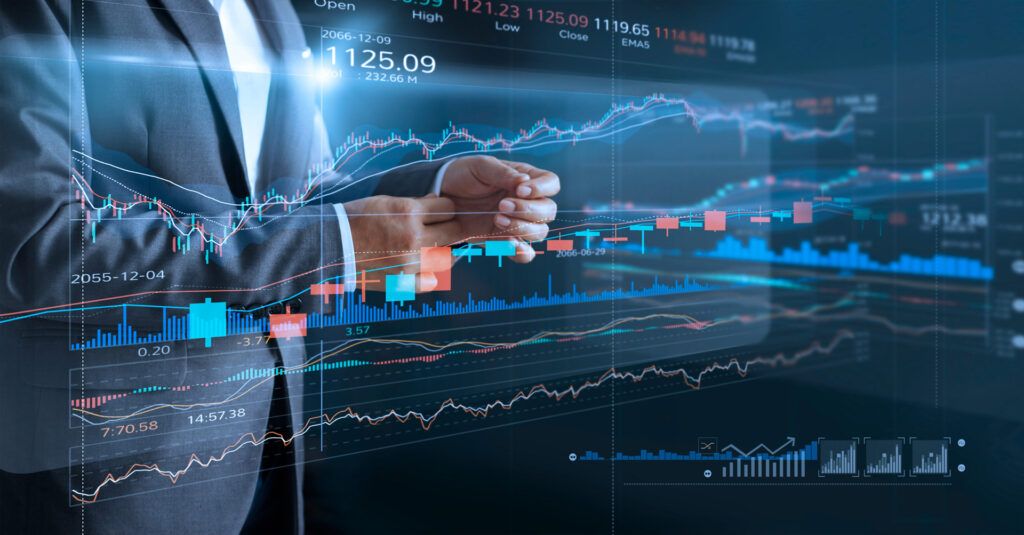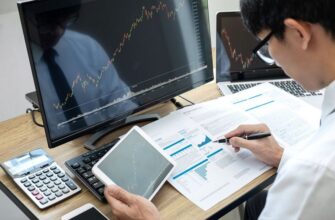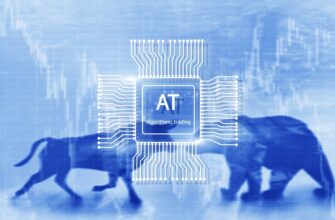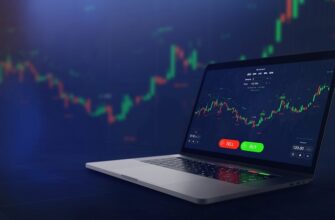Commodity Trading: Exploring Energy, Metals, and Agricultural Markets
Commodity trading plays a significant role in the global economy, enabling the exchange of essential resources and facilitating economic growth. Among the various types of commodities, energy, metals, and agricultural products hold a prominent position. This text aims to explore these three markets, their characteristics, and the factors that influence their prices and trading dynamics.
Energy Markets
Energy commodities include oil, natural gas, coal, and electricity. These resources are vital for industrial production, transportation, and the overall functioning of modern societies. The energy market is influenced by several factors, such as geopolitical events, supply and demand dynamics, weather conditions, and government policies.
Crude oil, the most traded energy commodity, is heavily influenced by geopolitical tensions and conflicts in major oil-producing regions. Changes in oil prices have far-reaching consequences, affecting industries and households worldwide. Additionally, supply and demand imbalances, as well as fluctuations in inventories, can significantly impact energy prices.
Natural gas, another crucial energy commodity, is widely used for heating, electricity generation, and industrial processes. Its price is affected by factors such as weather patterns, production levels, storage capacities, and infrastructure developments. Moreover, the increasing focus on renewable energy sources and environmental concerns has added an additional layer of complexity to the natural gas market.
Metals Markets
Metals, both precious and industrial, play a crucial role in various sectors, including construction, manufacturing, and technology. Precious metals like gold, silver, and platinum are often seen as safe-haven assets, particularly during times of economic uncertainty. Industrial metals like copper, aluminum, and nickel are heavily influenced by global industrial production, infrastructure projects, and technological advancements.
Gold, a widely traded precious metal, is influenced by economic indicators, inflation rates, central bank policies, and geopolitical events. Investors often turn to gold as a store of value and a hedge against inflation and currency fluctuations. Silver, often considered the “poor man’s gold,” is influenced by similar factors and also has industrial applications in sectors like electronics and solar energy.
Industrial metals, such as copper and aluminum, are highly sensitive to global economic trends. These metals are essential for infrastructure development and manufacturing activities. Therefore, changes in global GDP growth, construction projects, and demand from emerging markets heavily impact their prices. Additionally, factors like labor strikes, mine disruptions, and trade policies can introduce significant volatility to the metals market.

Agricultural Markets
Agricultural commodities include grains (such as wheat, corn, and soybeans), livestock (like cattle and hogs), and soft commodities (such as coffee, cocoa, and sugar). These commodities are influenced by weather conditions, global supply and demand dynamics, government policies, and geopolitical factors.
Weather plays a critical role in agricultural markets. Adverse weather conditions, such as droughts, floods, or frost, can lead to reduced crop yields and affect livestock production. These weather-related events can cause supply shocks, leading to price fluctuations and volatility in the agricultural markets. Additionally, factors like pests, diseases, and natural disasters can also impact agricultural commodities.
Global supply and demand dynamics heavily influence agricultural commodity prices. Population growth, changes in dietary preferences, and economic development in emerging markets affect demand for food and livestock products. On the supply side, factors such as changes in planting patterns, technological advancements in agriculture, and government policies related to subsidies and trade restrictions can significantly impact agricultural commodity prices.
Conclusion
Commodity trading in energy, metals, and agricultural markets is a complex and dynamic process. Understanding the factors that influence these markets is essential for traders, investors, and policymakers. Geopolitical events, supply and demand dynamics, weather conditions, government policies, and technological advancements all play a crucial role in shaping commodity prices.
Furthermore, commodity trading serves as a vital link between producers and consumers, allowing resources to flow efficiently across borders. It enables hedging against price volatility and provides opportunities for market participants to profit from price movements. However, it is crucial to remember that commodity trading carries inherent risks, and careful analysis, risk management, and market knowledge are necessary for success in these markets.









